6 Benefits Of Mustard Greens, Nutrition, Risks, & Recipes
Boost your immune system and improve your vision with these nutritious greens.
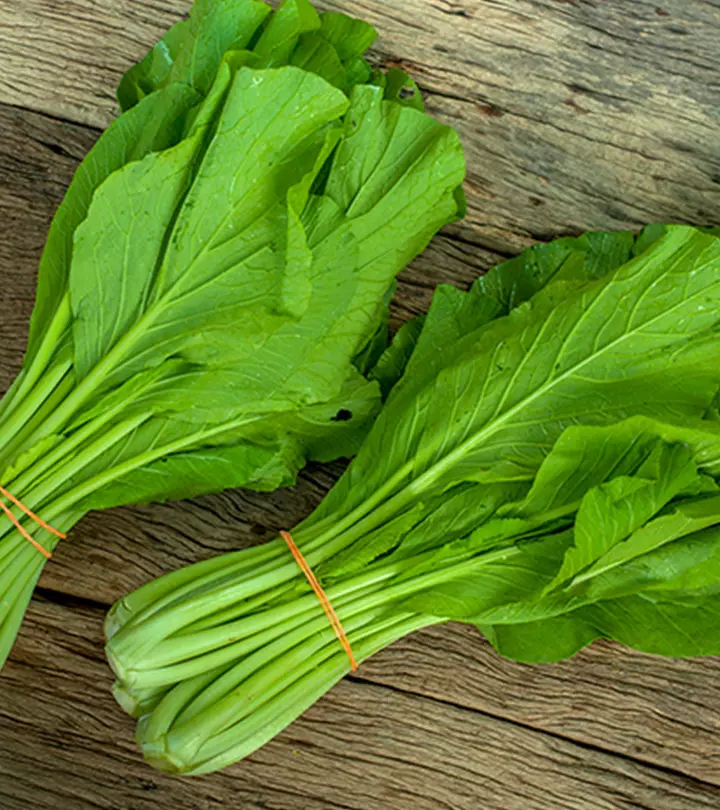
Image: Shutterstock
Mustard greens are a super nutritious leafy vegetable, full of vitamins, minerals, and antioxidants. It is not a surprise that there is a wide range of health benefits of mustard greens. Of course, you may be familiar with mustard seeds due to their strong flavor. But, on the other hand, these leafy green vegetables are good for your health.
A study conducted by the Agricultural University of Cracow (Poland) found that frequent consumption of vegetables from the Brassica family helps stimulate the immune system, prevents oxidative stress, and induces detoxification enzymes. As a result, they can help boost the immune system, improve digestion, enhance skin health, maintain eyesight, promote bone density, improve heart health, and potentially aid cancer prevention.
Moreover, mustard greens are known to be packed with antioxidants that may help in weight loss and diabetes management. We will look at the health advantages of mustard greens in this article, their nutrient profile, types, recipes, and probable negative effects. Keep reading to know more!
 Fun Fact
Fun FactIn This Article
Mustard Greens Nutrition Facts
According to the U.S. Department of Agriculture, one cup (56 g) of chopped mustard greens contains (1):
- Calories: 15.1 kcal
- Protein: 1.6 g
- Fat: 0.235 g
- Carbohydrate: 2.62 g
- Fiber: 1.79 g
- Calcium: 64.4 mg
- Iron: 0.918 mg
- Potassium: 215 mg
- Sodium: 11.2 mg
- Vitamin C: 39.2 mg
- Vitamin A: 84.6 µg
- Vitamin K: 144 µg
Mustard greens also contain vitamin E, folate, copper, zinc, and selenium in small amounts.
The rich nutrient profile of mustard greens has many health benefits. So, what are the health benefits of mustard greens? Scroll down to know more.
Key Takeaways
- Mustard greens are rich in antioxidants, vitamins, and nutrients and offer a range of health benefits.
- They help boost your immunity and improve your eye and bone health.
- There are many ways to incorporate mustard greens in your diet, including salad, soup, juice, and pickle.
6 Potential Health Benefits Of Eating Mustard Greens
1. Promotes Bone Health

Mustard greens are rich in vitamin K and calcium, which are essential for bone health (1). Vitamin K is a fat-soluble vitamin that helps in reducing the risk of osteoporosisi A common bone disease that develops due to decreased bone density, leading to a high risk of fractures. and fractures (2). And, reduced intake of vitamin K diet is associated with hip fractures and low bone mineral density (BMD). According to a study, high doses of vitamin K supplementation reduce the incidence of fractures in postmenopausal women (3). Also, a dietary intake of one calcium-rich cup of cooked mustard greens is recommended to maintain healthy bones (4). However, more research is needed to understand the benefit of mustard greens.
2. Supports The Immune System
A study conducted by the Agricultural University of Cracow (Poland) found that frequent consumption of vegetables from the Brassica family helps stimulate the immune system, prevents oxidative stress, and induces detoxification enzymes
(5). Moreover, the presence of vitamin C in mustard greens supports the immune system. Research also suggests that vitamin C supports many cell functions, acts against pathogens, and helps prevent respiratory infections (6).
Also, mustard greens are rich in vitamin A, which plays a key role in enhancing immune function. T-cells are major components in the immune system and can kill pathogens. A study published in The American Journal Of Clinical Nutrition suggests that vitamin A can regulate T-cell function and prevent inflammatory reactions (7), (8).
3. Improves Heart Health

Did you know that leafy green vegetables lower your cholesterol? The bile acid-binding potential of mustard greens decreases bad cholesterol, thereby reducing the risk of heart diseases (9). But, what is the role of bile acid-binding in lowering cholesterol? Bile acids are synthesized from cholesterol in the liver. So, if you eat foods high in cholesterol, you may lose the ability to convert the cholesterol in your body into bile acids. On the other hand, leafy vegetables produce more bile acids (and the liver converts more cholesterol), which lowers the level of cholesterol in your body (10).
According to a study, steam-cooked mustard greens improve bile acid binding more than raw vegetables. Also, the consumption of green leafy vegetables reduces the risk of cardiovascular diseases by 15.8%. Additionally, the polyphenol extracts of Brassica vegetables show a significant reduction in cholesterol levels (9), (10), (11).
4. Good For Eye Health

Mustard greens contain vitamin A, which is essential for vision health. Dark leafy green vegetables also contain carotenoids like lutein and zeaxanthin that help to form macular pigment in the eyes. These dietary carotenoids also prevent age-related macular degenerationi An eye disease that leads to the damage of the retina (thin layer of tissues with light-sensitive cells) due to leaky blood vessels. (AMD), cataracts, and retinal detachment. Lutein is a xanthophyll with antioxidant and anti-inflammatory properties that helps in the prevention of AMD (12), (13).
Mustard leaves are also an excellent source of the highly beneficial beta-carotene, which is beneficial for eye health (14). However, more research is required to understand the benefits of mustard greens in humans.
5. Fights Cancer
The presence of phytochemicals like phenolic compounds, carotenoids, and glucosinolates in mustard greens offers protection from many chronic diseases such as cancer. A study conducted by West Virginia University found that mustard greens contain phytonutrients and glucosinolates with antioxidant and anti-cancer properties (14), (15).
Another study conducted by the Chungbuk National University found that mustard leaf extract showed potential against colon and lung cancers (16). Also, consumption of cruciferous vegetables reduces the risk of ovarian and stomach cancers (17), (18).
6. Supports Liver Function
A study conducted on Wistar albino rats found that a crude methanol extract of mustard leaf greens has hepato- and nephroprotective activitiesi Natural processes of certain products whose antioxidant and anti-inflammatory properties protect the kidneys and liver from damage. that help support liver function (19). However, limited research is available on this benefit of mustard greens.
Now we know how adding mustard greens to your diet may benefit your bones, immune system, heart, eyes, and liver, therby enhancing your overall health. However, you need to choose the best mustard green varieties to enjoy these benefits. They are available in many varieties based on their color, texture, and flavor. What are some popular types of mustard greens? Check them out in the following section.
Types Of Mustard Greens
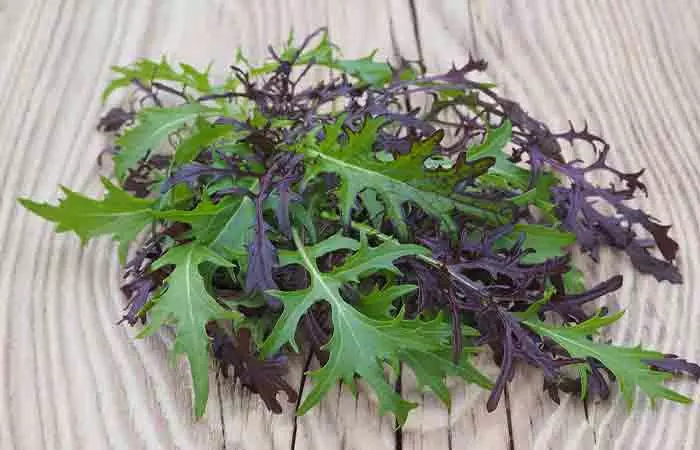
There are many types of mustard greens beyond the common curly-leafed variety. Some species of mustard greens include:
- Mizuna
- Green Wave
- Ethiopian Mustard
- Red Tatsoi
- Southern Giant Curled Mustard
- Tokyo Bekana
- Red Giant
- Florida Broadleaf
- Chinese Green Mustard
- Osaka Purple-Leaved
These are some popular types of mustard greens that are grown worldwide. But, how do you incorporate mustard greens into your diet? Scroll down to learn some easy recipes for mustard greens.
Easy Mustard Green Recipes
1. Mustard Greens Salad
What You Need
- Mustard greens – 1 bunch
- Lemon juice – 3-4 tablespoons
- Olive oil – 3 tablespoons
- Soy sauce – 1 tablespoon
- Minced garlic cloves – 2
- Salt – To taste
Process
- Place the mustard greens in a bowl and quickly massage the leaves.
- In a jar fitted with a lid, whisk or shake together the lemon juice, soy sauce, olive oil, and garlic.
- Pour the dressing all over the mustard greens.
- Toss the mustard greens to coat them with the dressing.
- Season to taste with salt.
2. Mustard Green Soup
What You Need
- Mustard greens – 2 bunches
- Olive oil – 1 tablespoon
- Minced garlic – 3 cloves, chopped
- Onion – 1, chopped
- Grated parmesan cheese – 2 tablespoons
- Fennel bulb -1
- White beans – 15 ounce
- Chicken stock – 4 cups
- Kosher salt – to taste
Process
- In a large pot, heat up the olive oil over medium heat.
- Add the chopped onion and fennel and cook for about 7–8 minutes.
- Add the garlic and mustard greens and season with salt and pepper.
- Cook for about 5 minutes until the greens have wilted.
- Add the white beans and stock and bring to a boil.
- Reduce the heat and let the soup simmer gently until it thickens slightly. This should take about 10 minutes.
- Add the grated parmesan cheese and season with salt and pepper.
- Serve with lemon wedges.
3. Mustard Greens Juice
What You Need
- Mustard greens – 2 leaves
- Black plum – 1
- Cucumbers – 2
- Celery – 2 stalks
- Apple – 1
- Lemon – 1, peeled
- Ginger root – 1-inch piece
- Lime – ½, peeled
Process
- Wash all the vegetables thoroughly.
- Chop the apple, cucumbers, and plum.
- Blend all the ingredients in a juicer.
- Serve the juice cold with ice.
 Quick Tip
Quick TipThis is how you include mustard greens in your diet. You can also make pickled mustard greens. Check out the next section for the recipe.
How To Make Pickled Mustard Greens
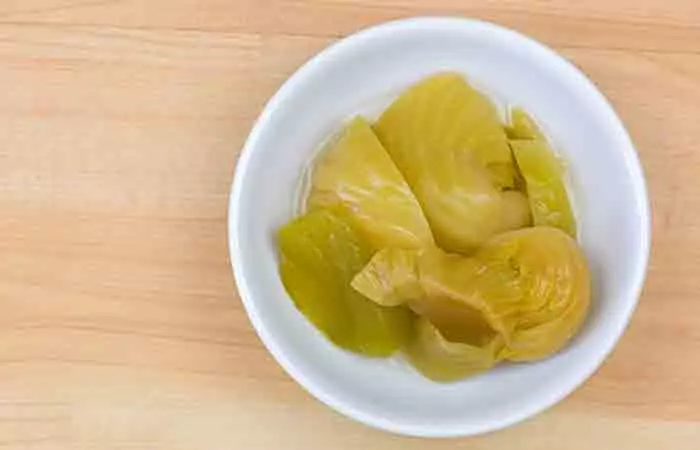
Pickled mustard greens are a popular dish in Chinese cuisine. Here is the recipe for pickled mustard greens.
What You Need
- Mustard greens – 1 kg
- Salt – 2.5 tablespoons
- Boiled water – As needed
- Airtight glass jar – 1
- Sichuan peppercorn seeds – 1 teaspoon (optional)
Process
- Cut the mustard greens into large chunks and rinse them under running water.
- Lay the washed mustard greens on a clean gridiron and make sure that there is no water on the leaves.
- Transfer the withered mustard greens to a large bowl.
- Rub the leaves with salt until they are withered and begin to lose water.
- Transfer the mustard green leaves to the glass jar.
- Add the Sichuan peppercorn seeds and remaining salt to the jar.
- Pour water into the jar to soak the leaves.
- Use a weight to make sure the mustard greens are soaked in water.
- Cover the jar completely, store it in a shaded place, and wait for 7 to 15 days until the water turns bright yellowish-green.
A blogger shared her mustard greens pickles recipe that she learned from a woman in Guiyang, China. The woman used an acidic liquid, old crock water, to lacto-ferment the mustard greens. The blogger used sauerkraut juice to ferment the mustard greens. In her blog, she wrote, “Here in the States, I’ve found sauerkraut juice works as a good substitute for your first batch of pickled mustard greens (i).”
When buying and storing mustard greens, you should remember some important points. Scroll down to learn more about them.
How To Select And Store Mustard Greens
Always look for fresh mustard greens with dark green and crispy leaves. Avoid yellow-colored leaves and leaves with spots and holes. Wrap them in a paper towel to remove moisture and store them in a plastic zip-top cover in the refrigerator.
There are many alternatives for mustard greens. Scroll down to learn about the mustard green substitutes.
Mustard Green Substitutes
The best mustard green substitutes are:
- Swiss chard
- English spinach
- Chinese broccoli
- Kale
- Collard greens
- Turnip
People tend to confuse collard greens with mustard greens. But there are some basic differences between the two. Find out in the next section.
Collard Greens Vs. Mustard Greens
Here are the key differences between the two leafy vegetables:
- Flavor: Collard greens have a mild, slightly bitter taste, while mustard greens have a bold, pungent, and peppery taste.
- Texture And Cooking: Collard greens are sturdy and fibrous, making them perfect for slow-cooked dishes. Mustard greens are tender and delicate, which is great for quick stir-fries and salads.
- Nutritional Profiles: Mustard greens have a higher iron, potassium, and phosphorus content (1). On the other hand, collard greens benefits lie in their higher calcium, folate, and vitamin A content (20).
Mustard greens are safe for most people. But, are there any recorded adverse effects of mustard greens? Scroll down to know more.
Possible Adverse Effects Of Mustard Greens
Mustard greens are generally considered safe for most people. But, they may cause adverse effects in some people. Mustard greens are rich in vitamin K, and a high intake of vitamin K may interact with blood-thinning medication (21), (22). Also, the presence of oxalates in mustard greens may increase the risk of kidney stones in people who consume them in excess (23). However, limited research is available on the side effects of mustard greens.
Infographic: Ways To Enjoy Collard Greens
Collard greens are nutritious dark green leaves with a mild flavor. These calciferous vegetables are low in calories and come with many health benefits. The leaves of these green veggies are tender and can be eaten in cooked or raw form. You can add them to your diet in numerous ways, and the following infographic will tell you how. Check it out! Illustration: StyleCraze Design Team
Mustard greens are a powerhouse ingredient low in calories and loaded with important nutrients. The benefits of eating mustard greens may include improving bone health, boosting your immune system, and reducing the risk of developing cancer. While mustard greens are safe for consumption, their high vitamin K content may increase the risk of kidney stones. If you are unsure, consult your doctor before consumption. You can easily incorporate mustard greens into your diet in the form of a mustard green juice, salad, or a delicious soup.
Frequently Asked Questions
What do mustard greens taste like?
Mustard greens have an earthy, bitter, spicy, and pungent flavor.
Do mustard greens give you gas?
Mustard greens are rich in fiber. Over consumption of mustard greens may result in gas and bloating.
How do you get the bitterness out of mustard greens?
You can add a teaspoon of lemon or salt to get the bitterness out.
Illustration: Benefits Of Mustard Greens Nutrition Risks & Recipes
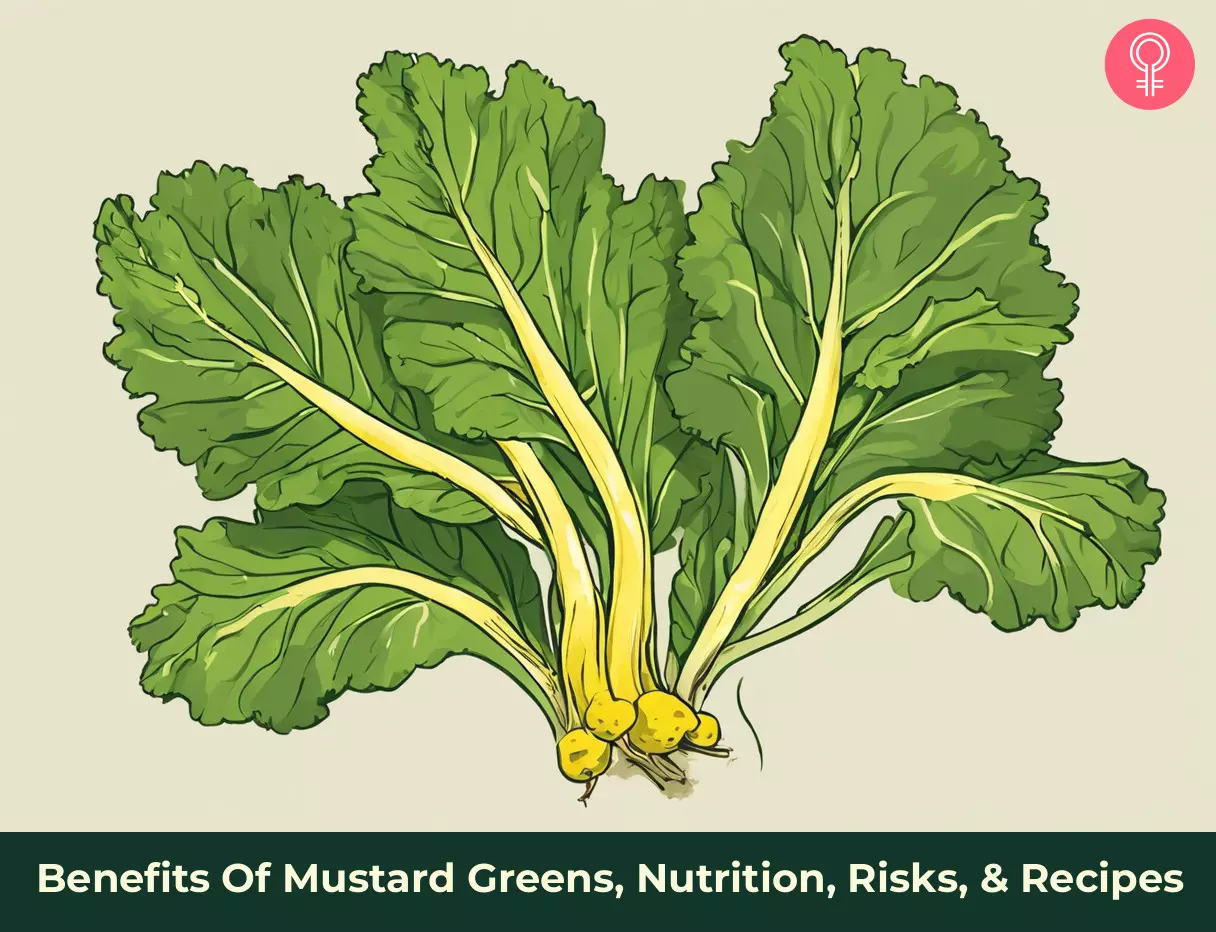
Image: Stable Diffusion/StyleCraze Design Team
Mustard greens are packed with vitamins and minerals. Click on the video below to learn about this nutritious vegetable and its health benefits.
Personal Experience: Source
StyleCraze's articles are interwoven with authentic personal narratives that provide depth and resonance to our content. Below are the sources of the personal accounts referenced in this article.
i. Lost in Translation: “Old sour water makes the best pickled mustard greens”https://reputablesources.wordpress.com/2014/07/05/lost-in-translation-old-sour-water-makes-the-best-pickled-mustard-greens/
References
Articles on StyleCraze are backed by verified information from peer-reviewed and academic research papers, reputed organizations, research institutions, and medical associations to ensure accuracy and relevance. Read our editorial policy to learn more.
- Mustard greens raw
https://fdc.nal.usda.gov/fdc-app.html#/food-details/169256/nutrients - The health benefits of vitamin K
https://www.ncbi.nlm.nih.gov/pmc/articles/PMC4600246/ - Vitamin K and bone
https://www.ncbi.nlm.nih.gov/pmc/articles/PMC5726210/ - Healthy bones – Activity and nutrition
https://www.ncbi.nlm.nih.gov/pmc/articles/PMC2795621/ - The beneficial effects of Brassica vegetables on human health
https://pubmed.ncbi.nlm.nih.gov/23631258/ - Vitamin C and Immune Function
https://www.ncbi.nlm.nih.gov/pmc/articles/PMC5707683/ - Role of Vitamin A in the Immune System
https://pubmed.ncbi.nlm.nih.gov/30200565/ - Vitamin A and retinoic acid in T cell–related immunity
https://www.ncbi.nlm.nih.gov/pmc/articles/PMC3471201/ - Steam cooking significantly improves in vitro bile acid binding of collard greens kale mustard greens broccoli green bell pepper and cabbage
https://pubmed.ncbi.nlm.nih.gov/19083431/ - The effect of green leafy and cruciferous vegetable intake on the incidence of cardiovascular disease: A meta-analysis
https://www.ncbi.nlm.nih.gov/pmc/articles/PMC4973479/ - Effect of polyphenols extracts from Brassica vegetables on erythrocyte membranes (in vitro study)
https://www.sciencedirect.com/science/article/pii/S1382668912001408?via%3Dihub - The Pharmacological Effects of Lutein and Zeaxanthin on Visual Disorders and Cognition Diseases
https://pubmed.ncbi.nlm.nih.gov/28425969/ - The Effect of Lutein on Eye and Extra-Eye Health
https://www.ncbi.nlm.nih.gov/pmc/articles/PMC6164534/ - Health-Promoting Phytochemicals from 11 Mustard Cultivars at Baby Leaf and Mature Stages
https://www.ncbi.nlm.nih.gov/pmc/articles/PMC6151555/ - Anti-Carcinogenic Glucosinolates in Cruciferous Vegetables and Their Antagonistic Effects on Prevention of Cancers
https://pubmed.ncbi.nlm.nih.gov/30445746/ - Anti-cancer activities of Brassica juncea leaves in vitro
https://pubmed.ncbi.nlm.nih.gov/28337101/ - Usual Cruciferous Vegetable Consumption and Ovarian Cancer: A Case-Control Study
https://www.ncbi.nlm.nih.gov/pmc/articles/PMC6088381/ - Cruciferous Vegetable Consumption and Stomach Cancer: A Case-Control Study
https://pubmed.ncbi.nlm.nih.gov/31094219/ - Brassica nigra plays a remedy role in hepatic and renal damage
https://www.researchgate.net/publication/230858095_Brassica_nigra_plays_a_remedy_role_in_hepatic_and_renal_damage - Collards, raw
https://fdc.nal.usda.gov/fdc-app.html#/food-details/170406/nutrients - Vitamin K
https://ods.od.nih.gov/factsheets/vitaminK-HealthProfessional/ - Association Between Usual Vitamin K Intake and Anticoagulation in Patients Under Warfarin Therapy
https://www.ncbi.nlm.nih.gov/pmc/articles/PMC4641985/ - Dietary oxalate and kidney stone formation
https://pubmed.ncbi.nlm.nih.gov/30566003/
Read full bio of Dr. Benita Perch
Read full bio of Sindhu Koganti
Read full bio of Ravi Teja Tadimalla
Read full bio of Payal Karnik






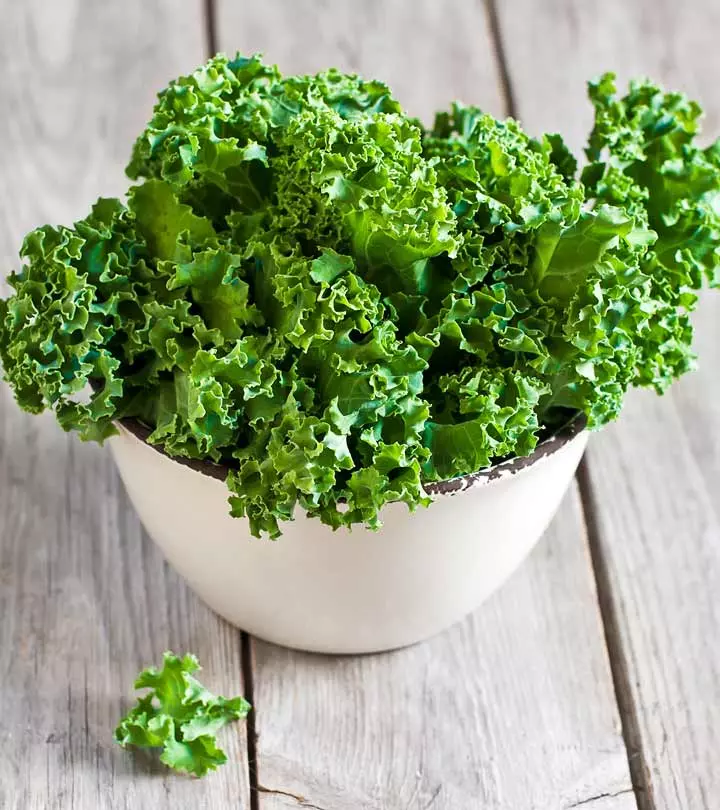
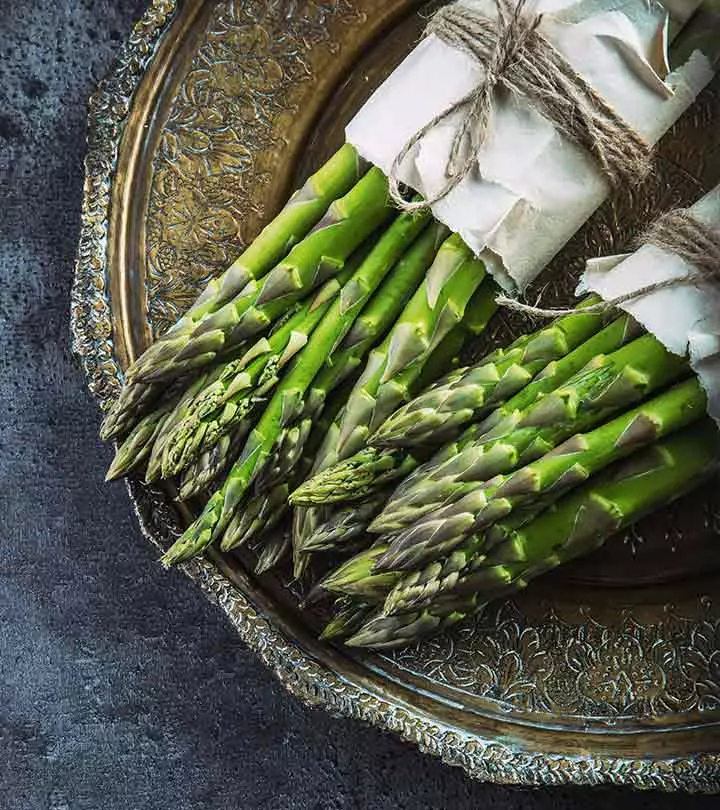
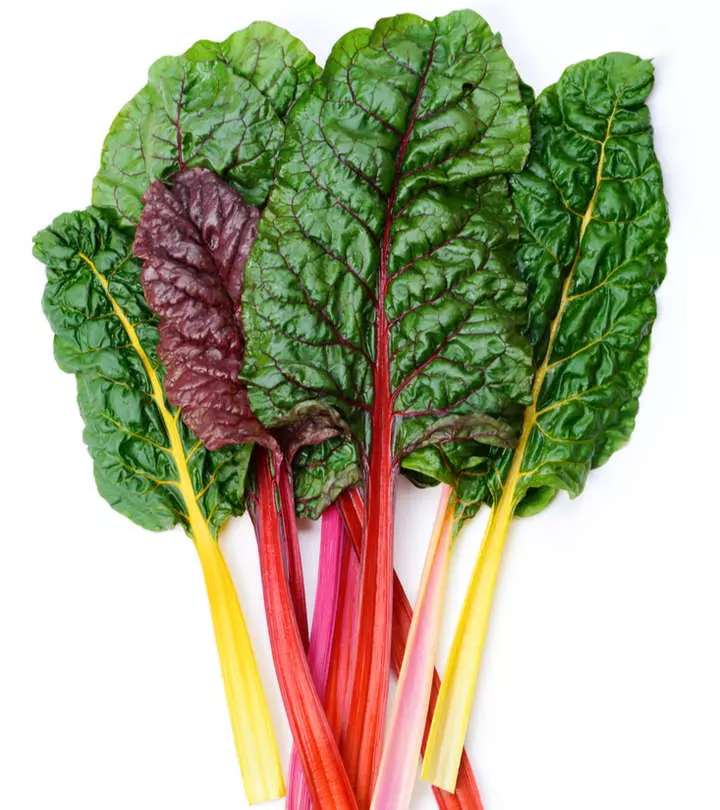
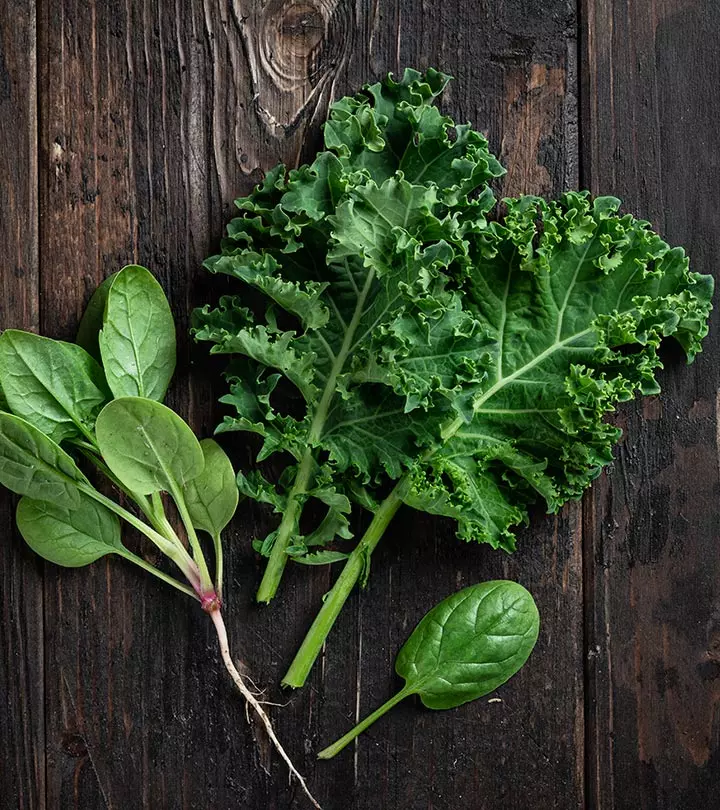
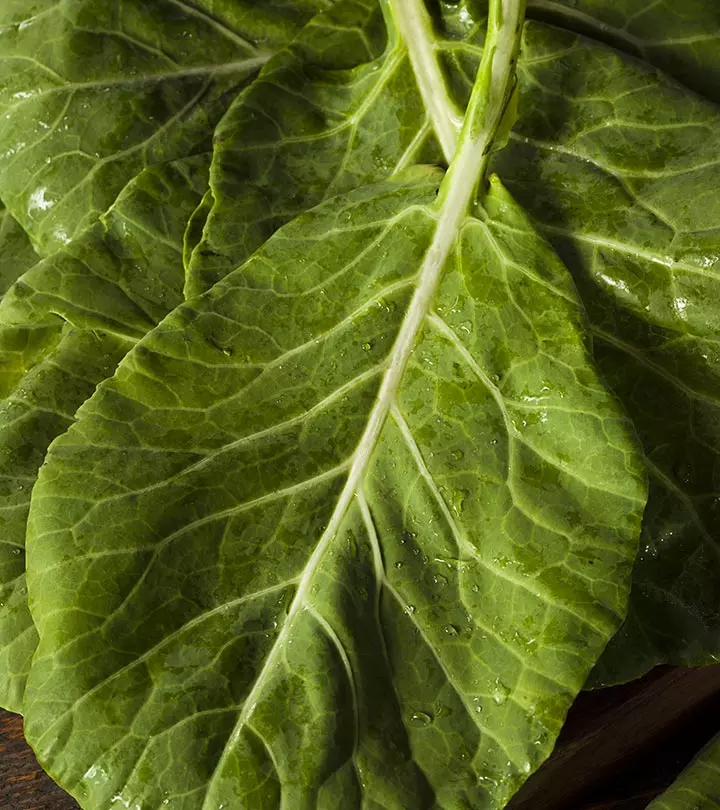
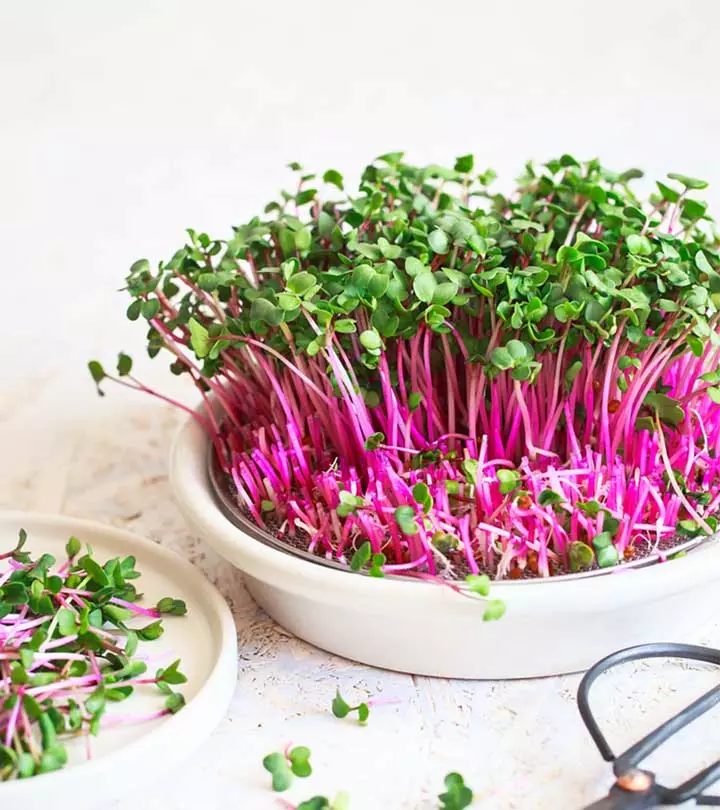
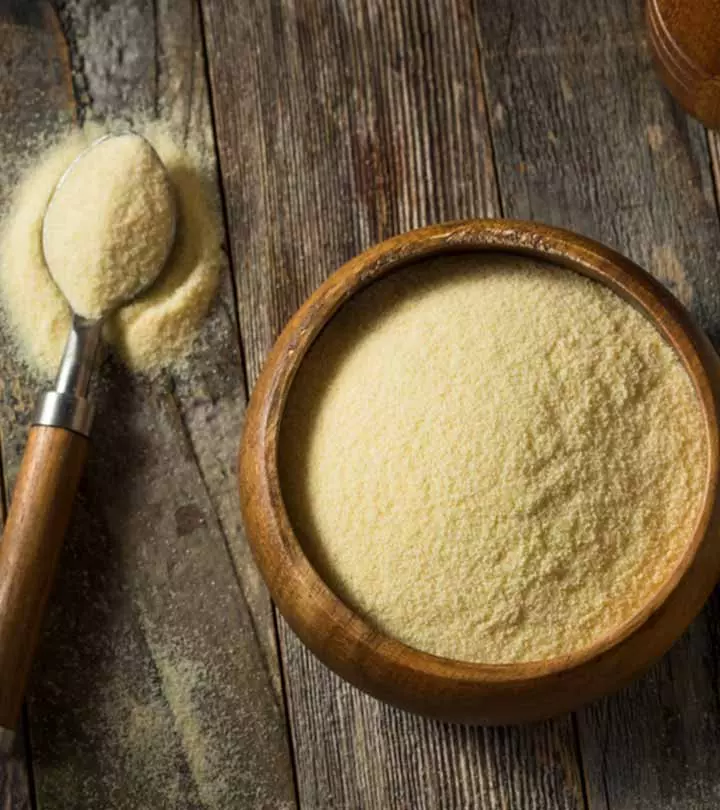
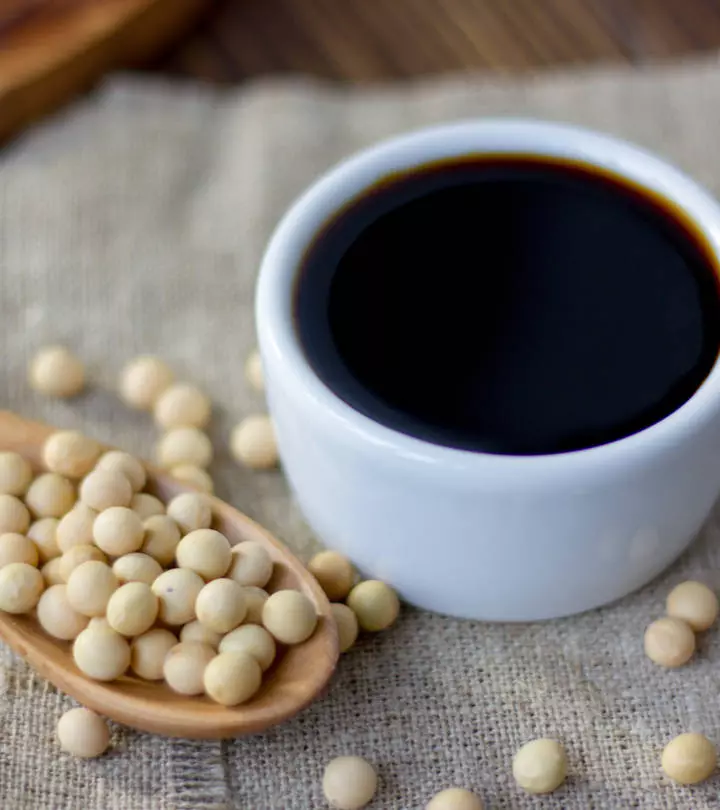
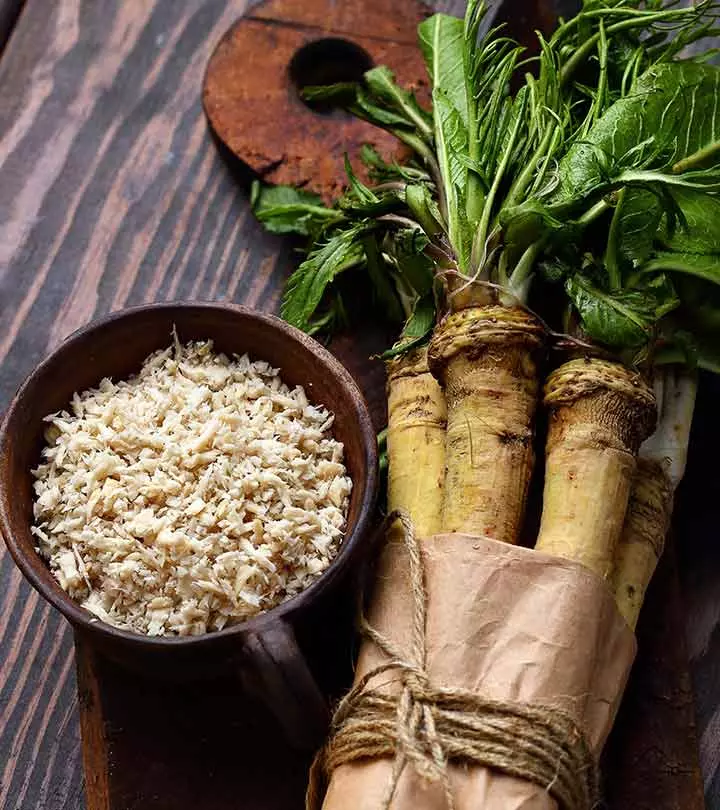

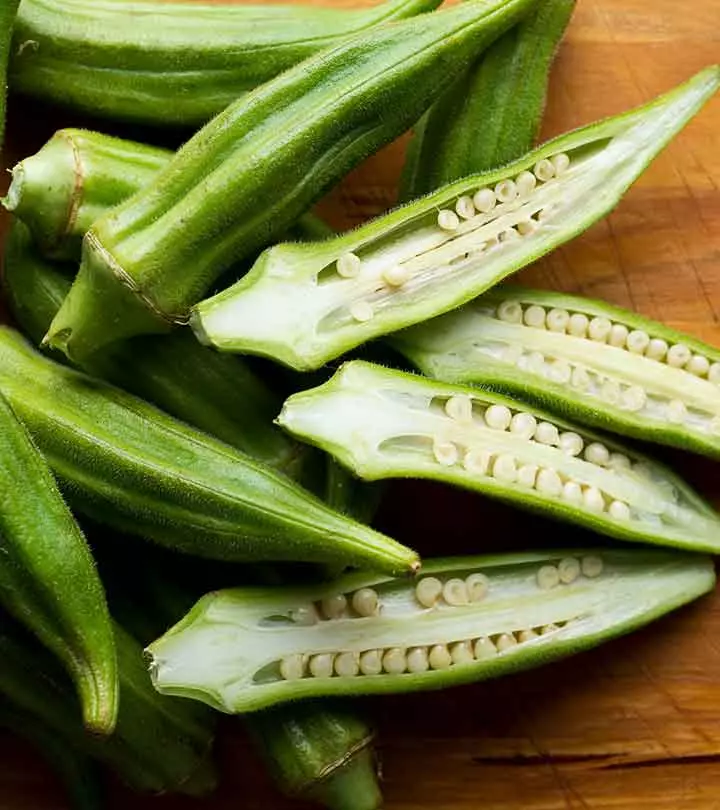
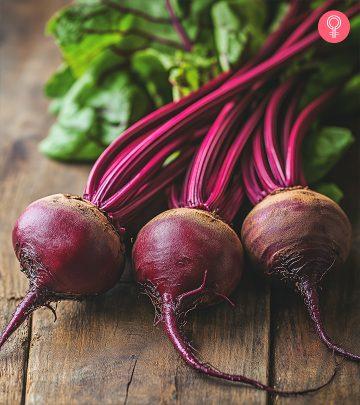
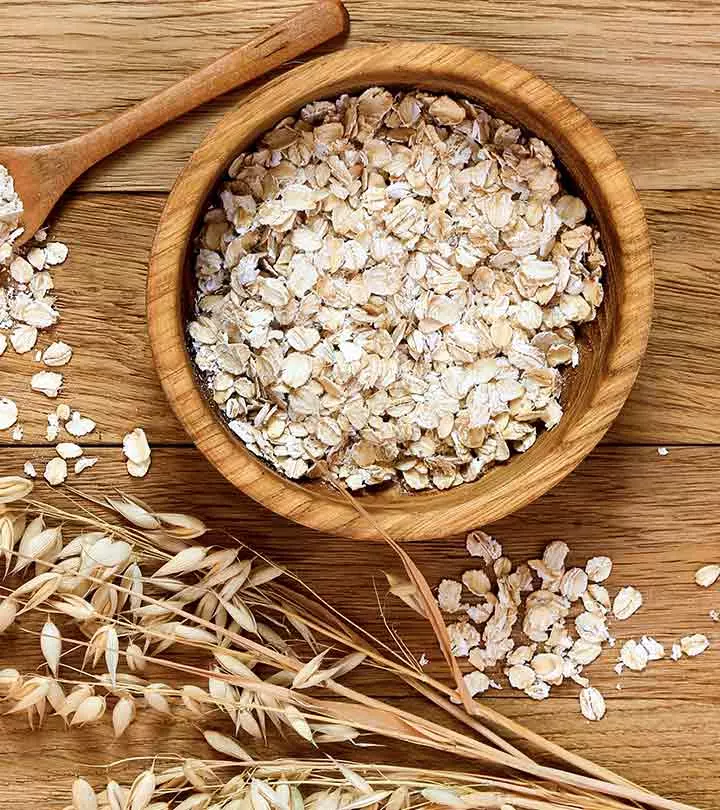
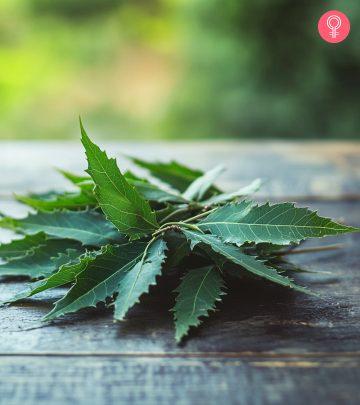
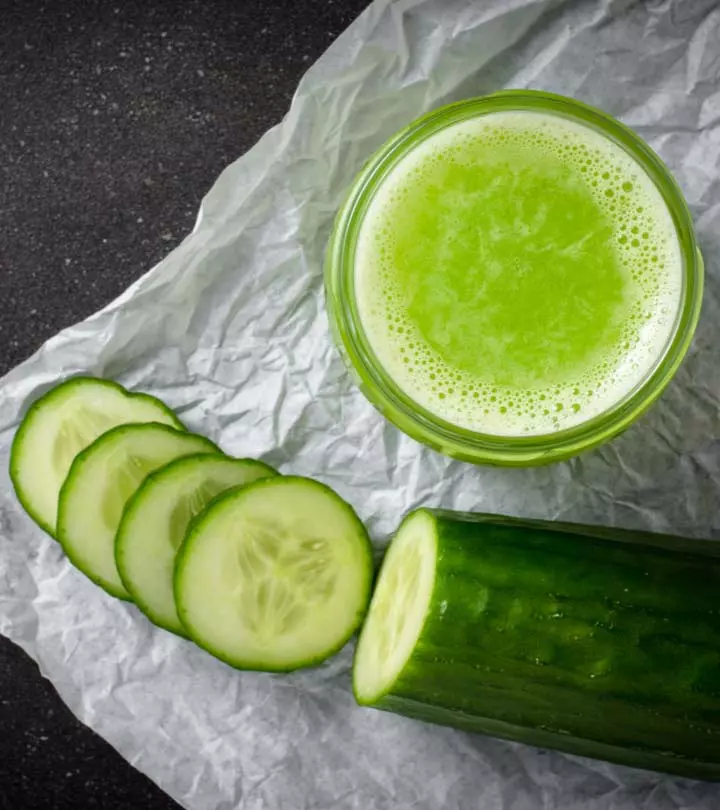


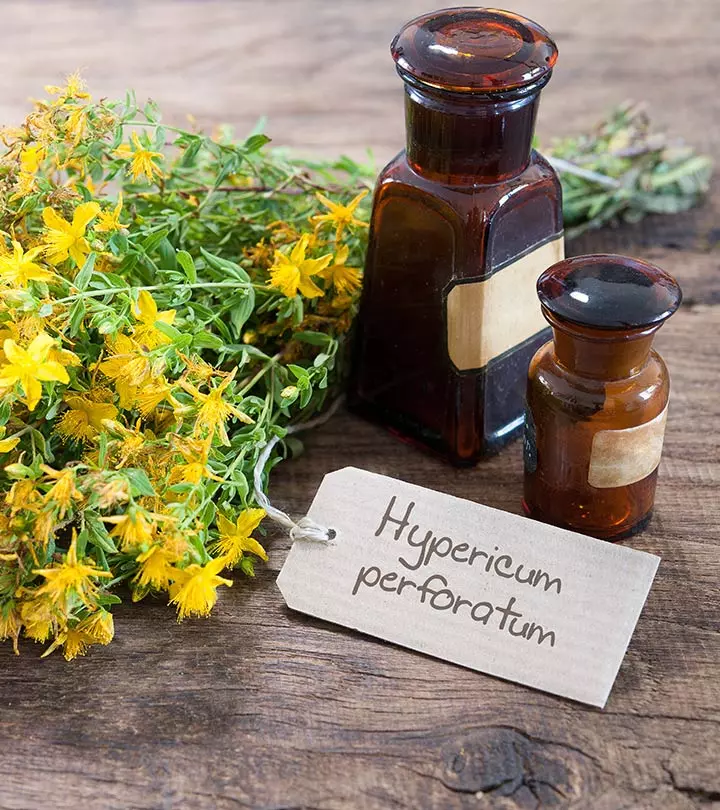
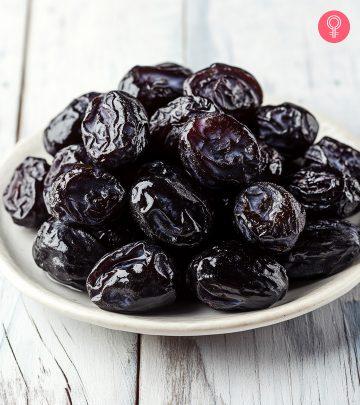

Community Experiences
Join the conversation and become a part of our empowering community! Share your stories, experiences, and insights to connect with other beauty, lifestyle, and health enthusiasts.